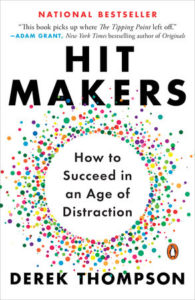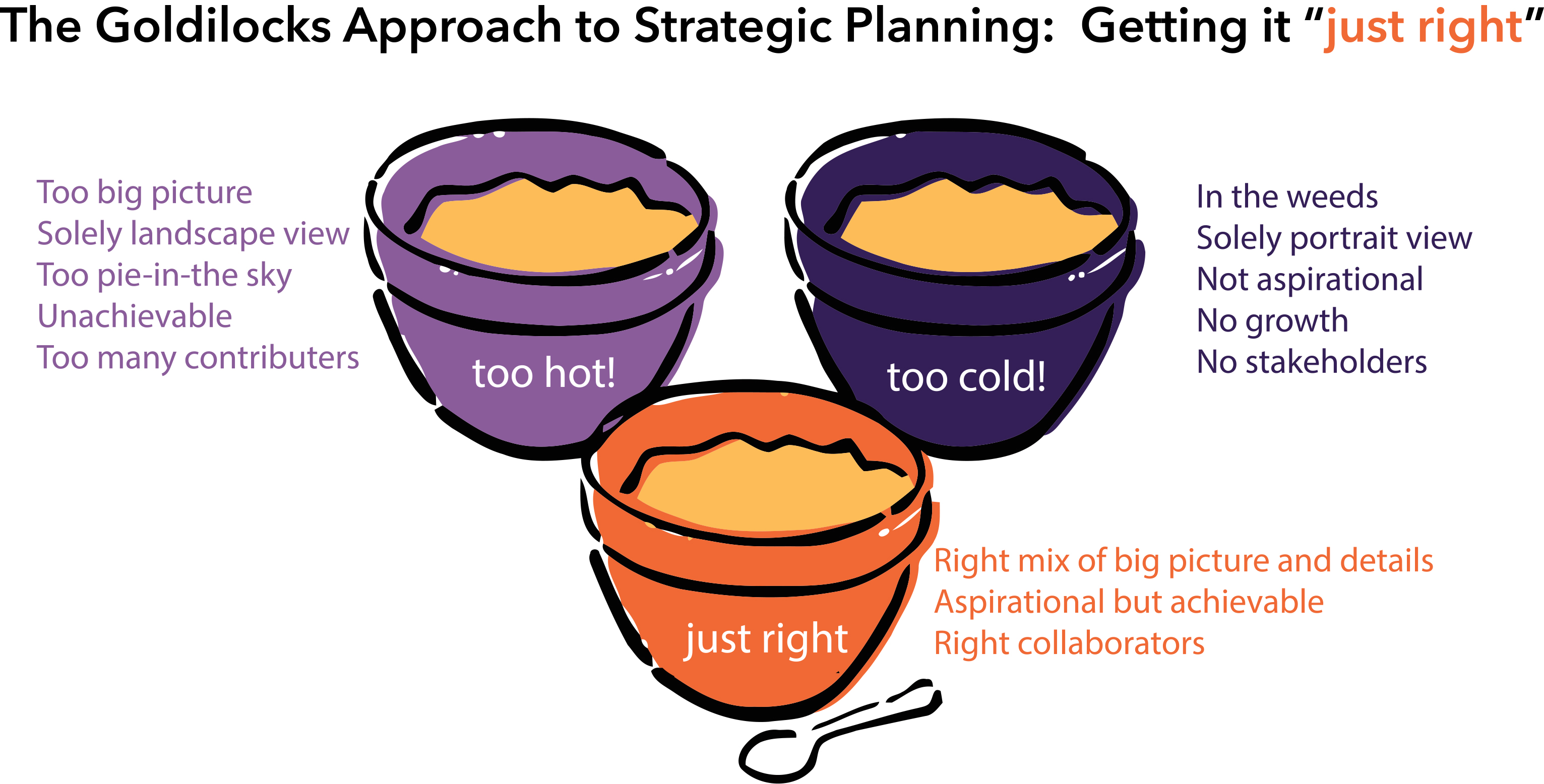 In his 2017 book, Hit Makers, Derek Thompson explores the science of what makes things popular.
In his 2017 book, Hit Makers, Derek Thompson explores the science of what makes things popular.
Trying to understand how something became popular is not easy – predicting whether something will be popular is even more challenging. Thompson tackles this challenge by delving into a range of “hits” from historic lullabies and myths to current music, books, and movies – which also provides insight into the changing landscape of communication and information consumption.
We no longer need to carefully trace the movement of people across the seas to understand the spread of ideas and art, we can now very easily track the growth of popularity through media monitoring. More importantly, the growth of social media has created an environment, according to Thompson, in which “rather than us consuming content, it consumes us”. As the norm becomes engagement and interaction through frequent social media, the content we see is more tailored because our actions, thoughts, and preferences can be monitored without the explicit awareness or feeling of being watched.
Thompson argues that this isn’t a good thing necessarily. Why not? Because people like things more when they don’t have to think. When something is familiar, they find it easier to process. This “fluency” leads to more “liking”, which then shapes the content that is presented. This preference is natural, but dangerous because it can potentially skew information, narrow perceptions, and reinforce biases.
Then how do people discover new ideas and art?
In researching some of the biggest hits in recent years, Thompson finds that people want something familiar, yet surprising. He presents the concept of MAYA: Most Advanced Yet Acceptable. Understanding how far to push beyond the familiar requires deep ethnographic understanding of consumers. Young people, who are less crystallized in their opinions and tastes, are more likely to be open to new ideas and perspectives. It is also easier for those who are already popular to push their fans to explore beyond the familiar.
That brings us back to the central question of the book: Is there a science to popularity?
Thompson finds that quality is necessary but insufficient for success. Though his examples are engaging and insightful, he is not able to uncover any formula. Rather, he concludes that the business of creativity is a game of chance – one which requires not only good ideas, creative execution, and strong marketing, but also perseverance. Popular ideas and successful cultural products are not the norm – they are the outliers.
So then how are there so many videos and memes that seem to “go viral”?
Thompson argues that viral marketing is a myth. Ideas don’t actually spread virally; rather, they are diffused through large broadcasts (one or more big, influential sources reaching lots of people). No matter how “infectious” an idea or post, it will unlikely spread on it own. In fact, he cites a 2012 study which revealed that only about 1 percent of messages on Twitter were shared more than seven times. Thompson finds that the paradox of scale is that the biggest hits are often designed for a small, well-defined group of people who, it seems, would need to have the networks and influence to broadcast their tastes.
In addition to exploring the science of popularity, Thompson discusses deeper issues such as the impact of social media on interpersonal communication and the role of media in perpetuating biases and prejudice. While this book may not provide the clear formula or strategy for creating hits that some may be hoping for, it contains valuable insight on the complex and changing landscape of media and communications.
Here are five key takeaways for those in the social sector:
- Listen and watch. Take the the time to understand what the people you want to reach know, think, and feel about the issue or topic. Find out what media platforms they use, who they follow, how they share information, and what they talk about.
- Tailor and Target. Rather than trying to find that one message or idea that resonates for everyone, identify different segments of your audience. Determine how to capture each segment’s attention and support based on what they find engaging, who they follow, and how they communicate.
- Push – but not too hard. Trying to force change or completely new ideas rarely works. Remember MAYA – take what is already established or popular, and build on that so it’s familiar yet innovative.
- Tell stories. Most people process the world in stories, not statistics and facts. Use familiar storylines and techniques like repetition and rhyme to make your stories memorable.
- Don’t stop. It’s not enough to create something and put it out there – or to share an idea once and hope it spreads. You have to monitor who it’s reaching, how it’s being shared, and what people think of it. Then, use that insight to repackage, repost, and come up with new ideas to keep pushing your agenda.





